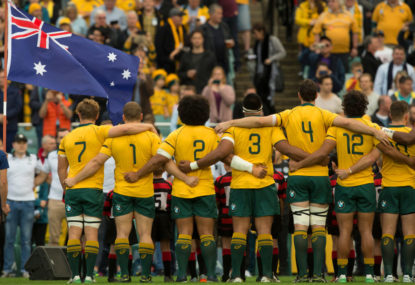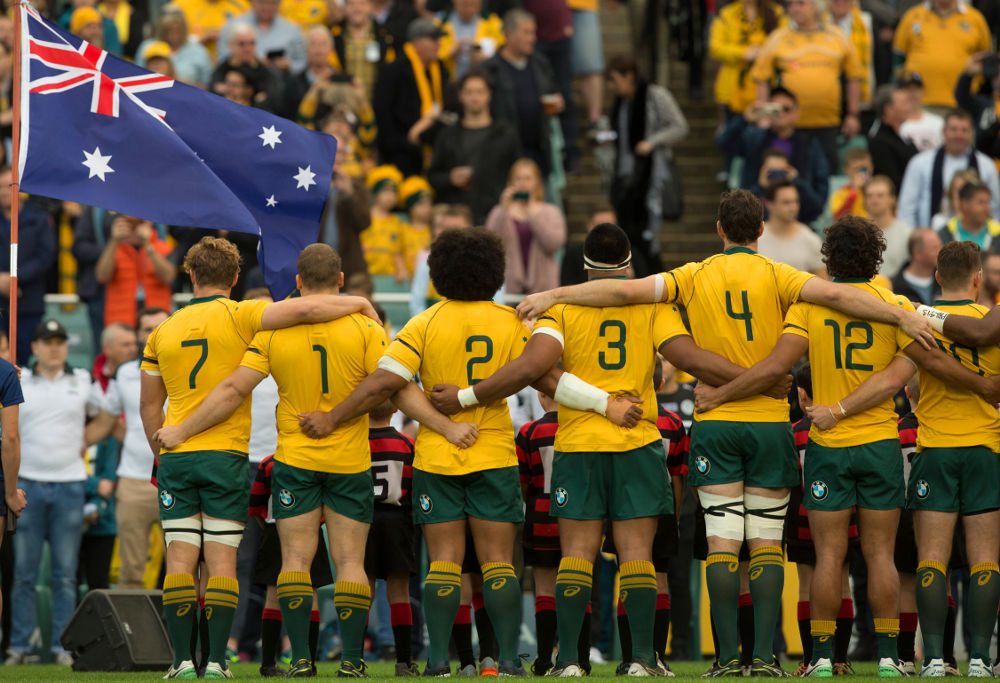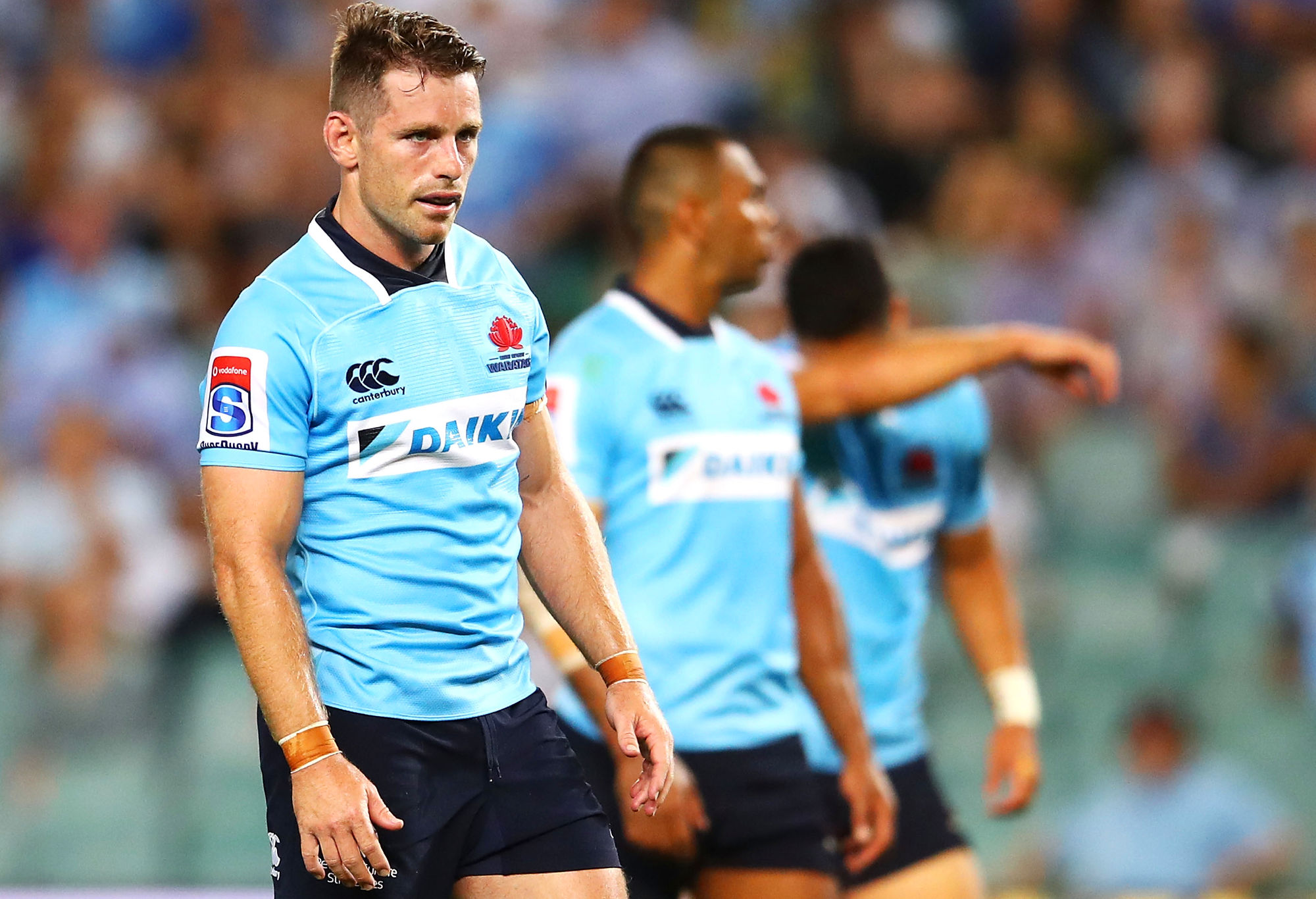jack rathborne
new author
Roar Rookie

Australia is known for its stunning beaches, cricket, it’s deadly animals, multiculturalism and rugby, but unfortunately we aren’t performing in one of these key things that have our great country recognised around the world.
Rugby has been a crucial part of our country’s history for over 150 years. If something isn’t done about it soon, we will lose one of the most important things that makes us Australians.
I remember when I was ten years old sitting down on the floor in front of the TV ready to watch my beloved Wallabies start their journey to reclaim the Rugby World Cup in 2011.
As the opening ceremony started my mother told me a story about the first world cup I attended in 2003, although I couldn’t remember it because I was two at the time. She told me how all the Wallabies had to do was win the world cup final against England, which I was present for, and how if we did it would’ve been Australia’s third time winning the world cup, making us the first country to do so.
Unfortunately the game narrowly escaping Australia’s grasp in overtime, and with the loss came an era of darkness and defeat in world cup rugby for the Wallabies. They didn’t make a final again until 2015, an excruciating 12 years after the last chance of becoming embedded in history.

(Steve Christo – Corbis/Corbis via Getty Images)
In 1864 if you wanted to play rugby in Australia, you could do so only by attending the University of Sydney, as it wasn’t yet played anywhere else. The first official game of rugby ever played in Australia was Sydney University versus Newington College in 1869.
From the late 1800s to 1987 rugby grew in popularity around the world, culminating in the creation of the first Rugby World Cup in 1987. Throughout the 1990s the Wallabies had some of their best seasons, climaxing in two rugby world cup victories that put Australia firmly at the top of international rugby at the end of the decade.
But as the millennium ended it brought with it a change in the tide of competition for better or worse.
In 2015 I was fortunate enough to travel to England on a rugby tour with Newington College. We travelled around the British countryside while following the Wallabies as they played their pool games. Like the Wallabies in their pool matches, we went undefeated, although it was unfortunate that they couldn’t keep that streak going until the end of the tournament.
It was fate that would see the Wallabies encounter their arch rivals, the All Blacks, in the world cup final. The New Zealand side was the best team in world rugby, and the outcome of the game, a 34-17 All Blacks victory, didn’t reflect the intensity of the game.

(AFP)
Out of the eight rugby world cups that have taken place, Australia has never not made it through to the quarter-finals. Only four countries have ever won the world cup: New Zealand has won three times, Australia twice, South Africa twice and England once.
During the 1990s Australia competed in three world cups, winning two, making us the only country to have won the world cup twice at the time. That was the case until 2007, when South Africa won their second world cup.
Australia won their two World Cups in 1991 and 1999, but professional rugby wasn’t introduced until 1995. Players were playing simply for the recognition and pride of playing for their country, and the team barely changed between those victorious years.
Today we are seeing more players coming out of school and going straight into rugby league rather than going through the different levels of club rugby to be selected in the professional teams because they are paid at an earlier stage. This is mainly because players can be scouted while still at school to play for a development squad of one of the professional clubs in the NRL.
There are ten New South Wales NRL teams, including nine in Sydney, that you can be paid to play for compared to rugby union’s one professional NSW side, but rugby union requires a player to play at so many different levels before you can be selected for a professional team.
Rugby union is therefore missing out on the players who are choosing to play league for quick money. Although the average pay for an NRL player in 2018 is $313,000 and will increase to $330,000 over the next five years, the average pay for a Super Rugby player is only $225,000 almost $100,000 less.

(Mark Kolbe/Getty Images)
In 2016 World Rugby obtained information from each country as to how many people play the game. Australia had 767 clubs and 86,952 registered players, of which 26,664 were boys under the age of 13, 19,239 were male teens, 39,380 were senior males and 1,669 were senior females.
Only 86,952 people in a population of 24 million were playing rugby union. Eight years earlier, in 2008, there were 466,182 people playing rugby league in Australia, which is five times the number. At the same time in 2016 New Zealand, with a population of 4.7 million people, had 600 clubs with 156,893 union players and only 24,000 playing league.
I’m not saying that rugby should be taken back to the amateur days, that New Zealand will never be beaten, that rugby players should get more money or even that rugby league is to blame for all the current problems in union; I’m simply trying to ascertain the reason for the issues plaguing my beloved Wallabies and the sport of rugby union in Australia.
I’ve tried to understand why Australian rugby is having these issues. Now it’s up to the sport to determine what changes can be made so that the Wallabies and Australia can get back on top.